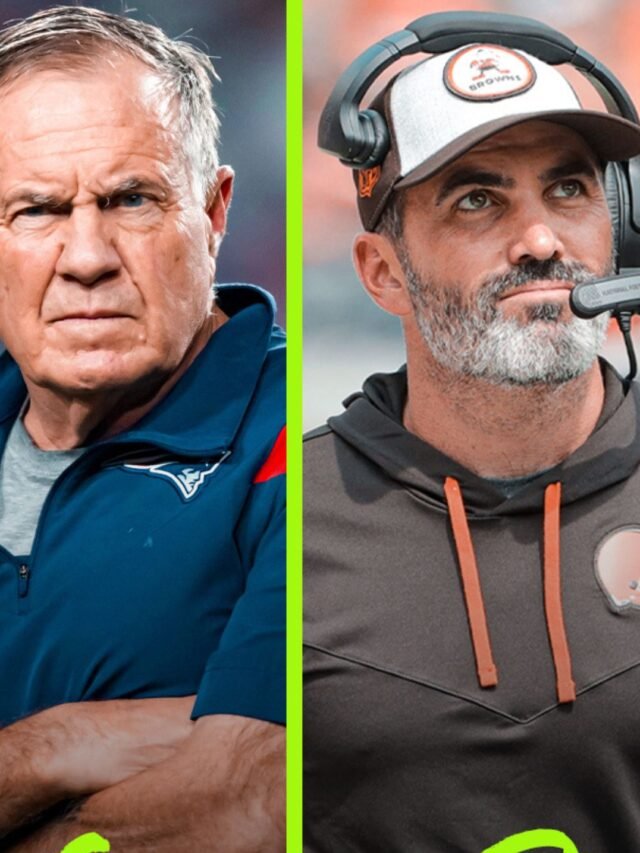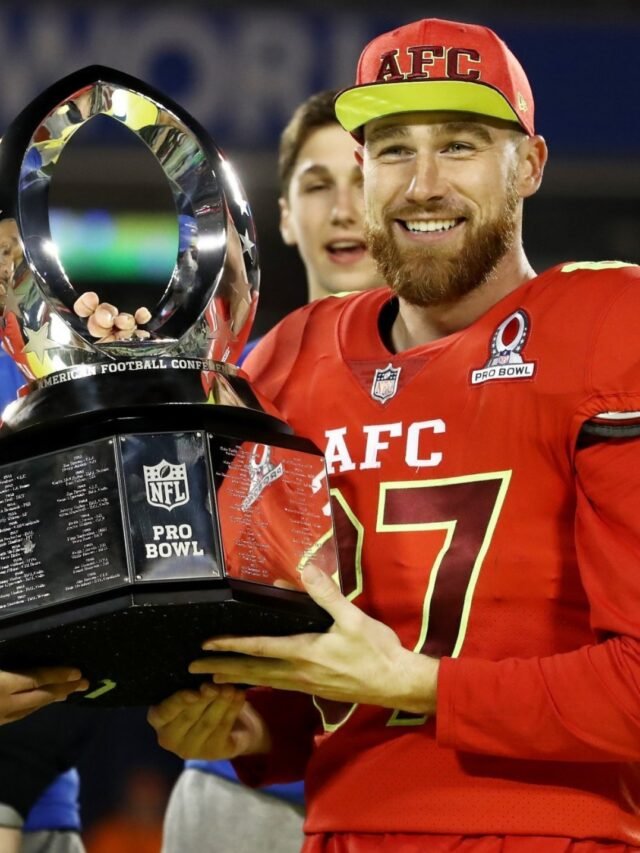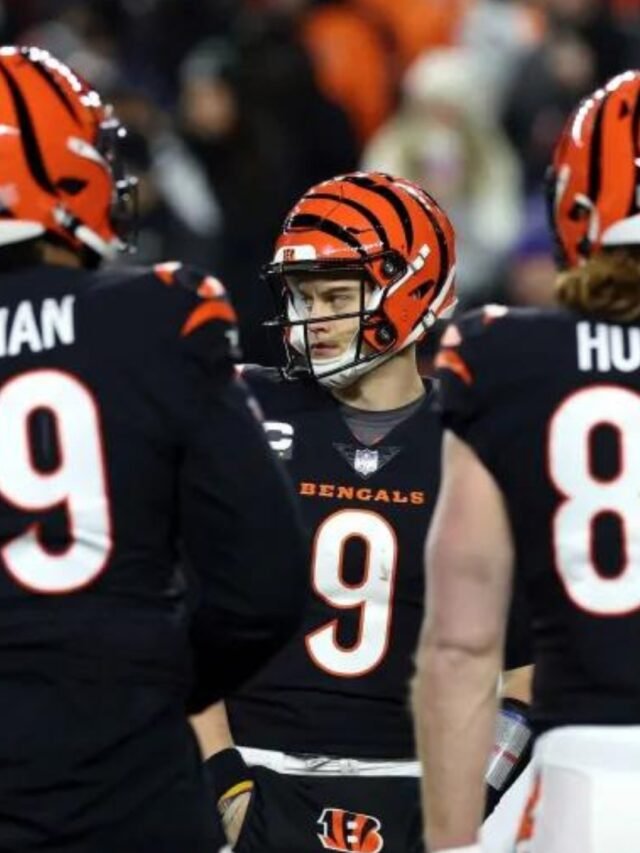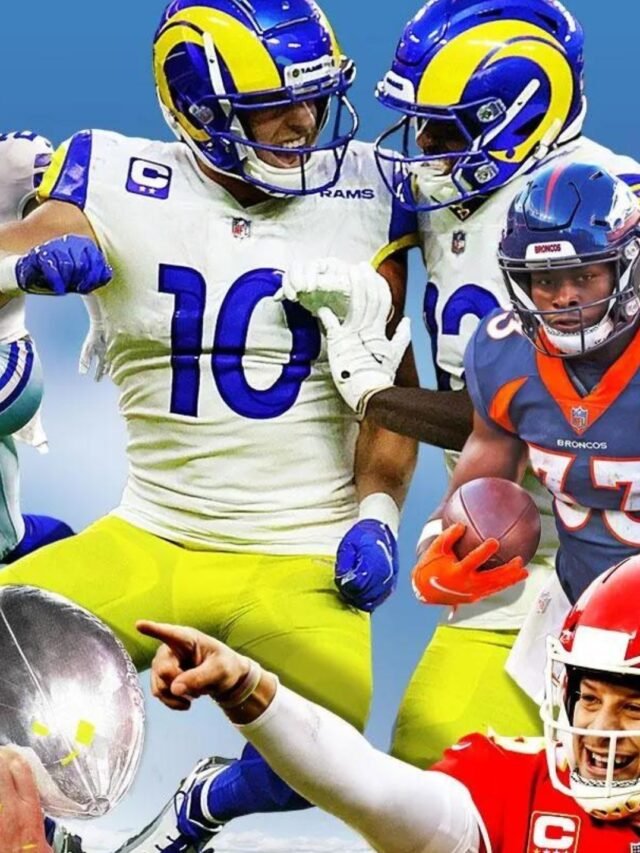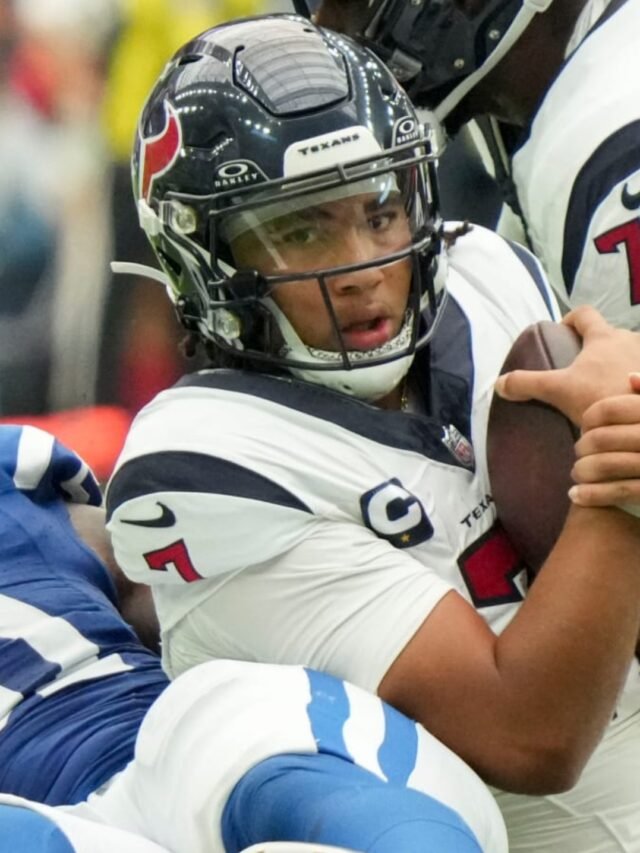In the world of professional sports, the NFL stands out for its strict dress code, particularly concerning the coverage of players’ legs. This informative post explores the reasons behind this unique policy, its implications, and the historical context that shaped it.
Historical Background
The rule prohibiting NFL players from showing their legs dates back to 1945. Elmer Layden, the NFL Commissioner at the time, implemented this rule, deeming players’ legs “unsightly.” This rule has persisted unchallenged over the years, forming a key part of the league’s image strategy.
The Rule Explained
The NFL’s uniform policy requires players to wear long stockings that extend from the shoe to the bottom of the pants, meeting below the knee. The rule specifies that the socks must be white from the top of the shoe to mid-calf and an approved team color from mid-calf to the bottom of the pant leg. The pant legs themselves must be pulled down below the knee.
Safety and Uniformity
The primary reasons for this strict rule are safety and uniformity. Football, being a contact sport, poses a significant risk of leg injuries. The pants and long stockings offer protection against cuts, bruises, and more serious injuries. Additionally, the uniformity of players’ attire is crucial for maintaining a professional and cohesive team image.
Fines and Enforcement
Non-compliance with this rule results in fines. For instance, Frank Gore, a former running back for the San Francisco 49ers, was fined $10,500 in 2013 for wearing pulled-up socks. The fines start at $5,150 for the first uniform violation and can increase significantly for subsequent infractions.
The Psychological and Performance Impact
Uniforms, including the long socks, play a vital role in the mental preparation of players. They foster a sense of identity and pride, boosting confidence and team spirit. Moreover, well-designed uniforms enhance performance by ensuring comfort and unrestricted movement.
Regulatory Compliance and Penalties
Adherence to the NFL uniform policy is strictly enforced, with heavy fines imposed for violations. For example, players can be fined $5,150 for their first uniform infraction, which includes inappropriate sock length, with the amount increasing for repeat offenses. This strict enforcement ensures that all players maintain a consistent, professional appearance during games.
The Role of Equipment in Safety
The NFL’s focus on player safety is a crucial aspect of its uniform policy. The requirement for long socks is not just for uniformity but also for safety. These socks are designed to provide support, prevent chafing, and keep shin guards in place, which are essential for protecting players against lower leg injuries. The league’s emphasis on safety gear, including leg and thigh pads, highlights its commitment to minimizing the risk of injuries on the field.
The Evolution of NFL’s Dress Code
Over the years, the NFL’s uniform regulations have evolved to reflect the league’s changing priorities and societal norms. While rules like the long stockings requirement were barely noticed in the early days of televised football, they have become more prominent as the sport’s popularity has grown. These rules have been influenced by a combination of tradition, player safety, and the league’s public image.
Read: What Is The Strap Hanging From NFL Players Pants? Explained
Practical Considerations
Apart from safety and appearance, there are practical reasons for the NFL’s strict dress code. The uniforms, including the pants and socks, are designed to be breathable, lightweight, and comfortable. This design allows players to move freely and perform at their best while also managing sweat and body temperature during games.
The Cultural and Psychological Impact
The NFL’s uniform policy, including the rule against showing legs, contributes to a sense of shared identity and professionalism among players. The consistent and uniform appearance of players fosters team unity and reflects the league’s values of discipline and cohesion. It also helps players mentally prepare for the game, instilling a sense of pride and belonging.
Final Words
The NFL’s rule against showing legs is a multifaceted policy grounded in historical tradition, safety concerns, and the desire to maintain a professional and uniform appearance. This rule, while seemingly trivial, plays a significant role in the culture and operations of the NFL, reflecting the league’s commitment to the safety, performance, and professional image of its players.


